Deokjin Park of Jeonju, the Secret Venue for Tracing Legacy of the Donghak Peasant Revolution.
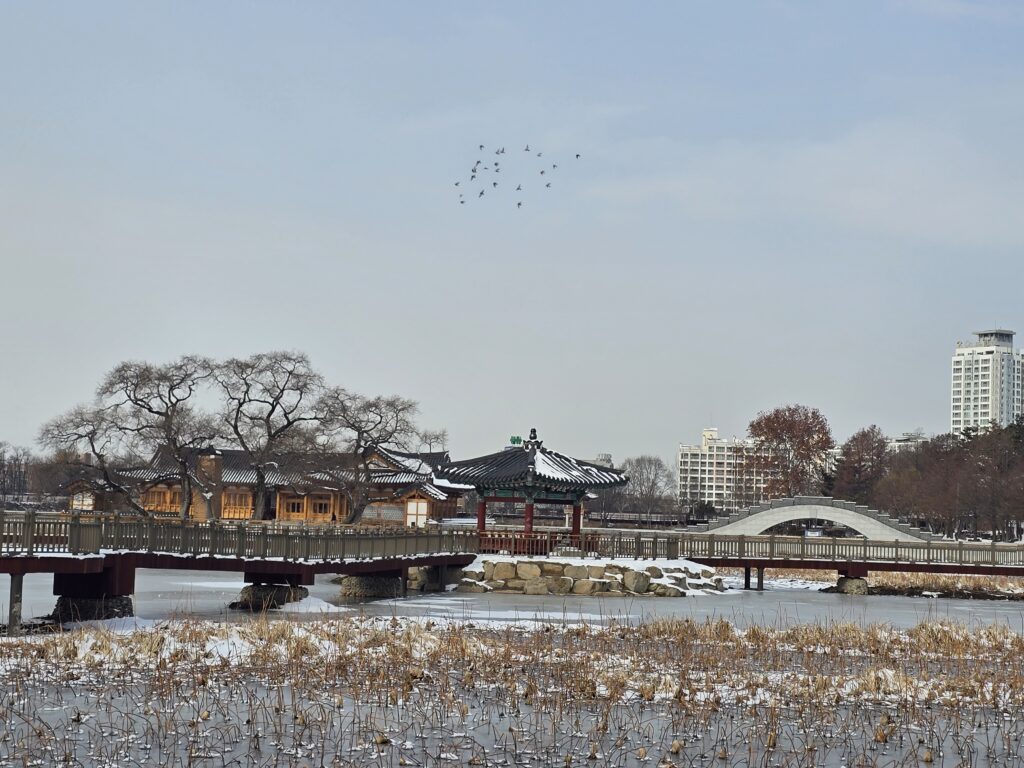
Today, I embark on a journey to Deokjin Park, where I once knew simply as a recreational area for Jeonju citizens, seeking to explore and learn about its historical trails.
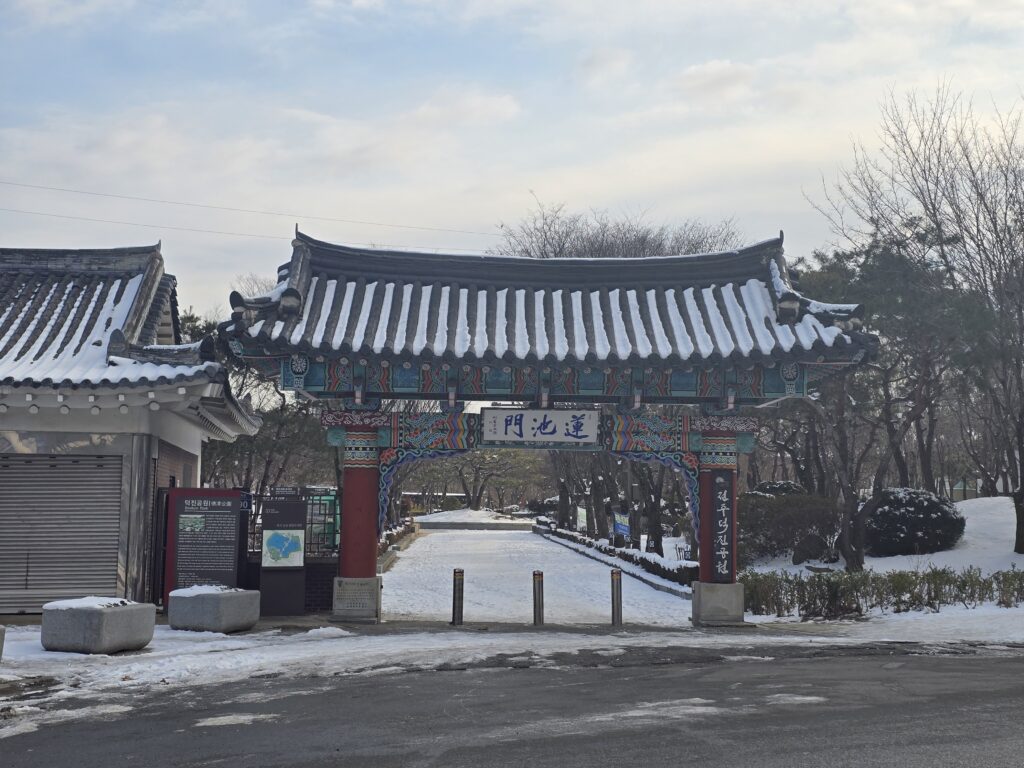
Deokjin Park is a representative healing spot for local people of Jeonju
and located near Jeonbuk National University.
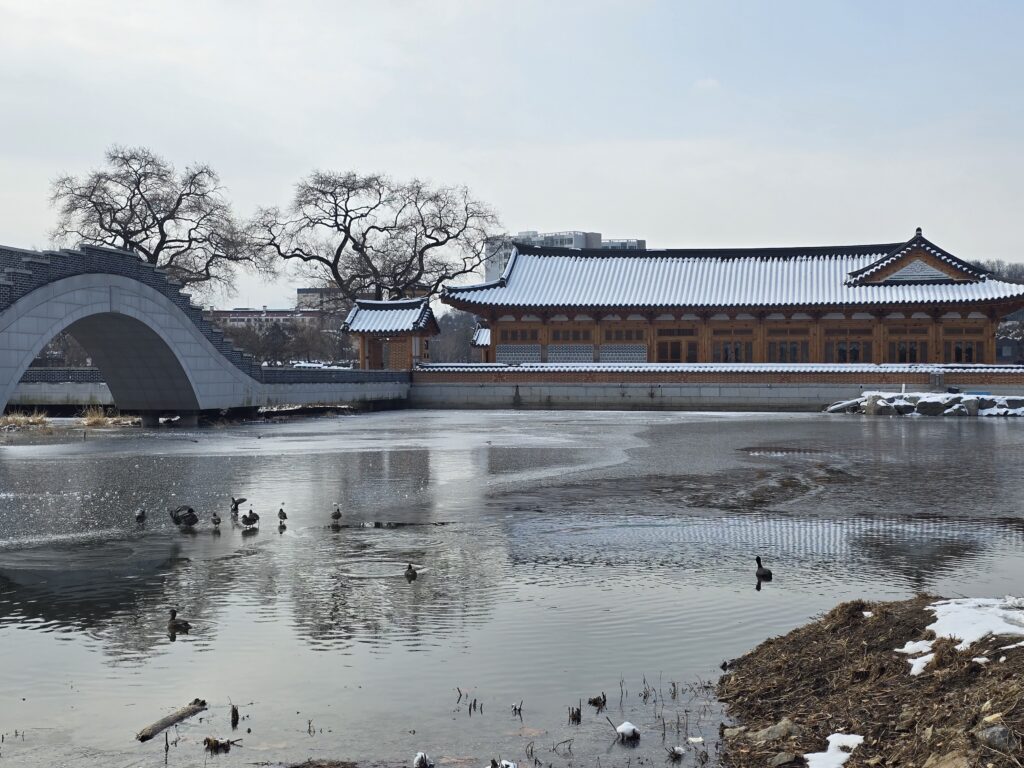
Before starting my journey, I’d like to explore the significance of the Donghak Peasant Movement and the role of Jeonju as a cradle for the uprising.

In the late Joseon Dynasty, owing to incompetence of Emperor Gojong and abuse of power and corruption of Empress Myeongseong coupled with incessant foreign invasions, the lives of common people became more deteriorated.
Against the backdrop of this, the Donghak Peasant Revolution broke out when the peasant-centered rebellion developed in two stages in 1894. The first revolt was aimed at reforming the feudal system and the second rebellion evolved into an armed struggle against Japanese colonial occupation.
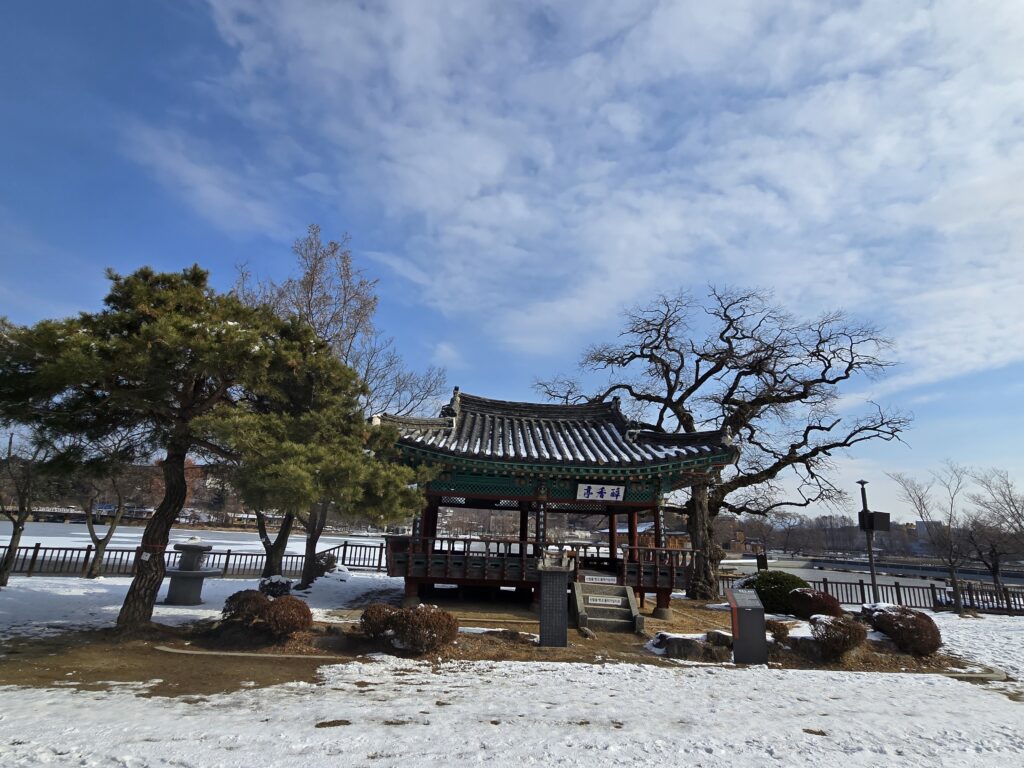
In the course of the rebellion, the Donghak peasant army occupied Jeonju Fortress in 1894, marking a historical moment. This event established Jeonju as a catalyst for democracy and the anti-Japanese resistance activities.
In addition, the Jeonju Peace Treaty, a truce agreement made between the Donghak peasant army and the Joseon government, is considered as a crucial turning point in the Donghak Peasant Revolution.
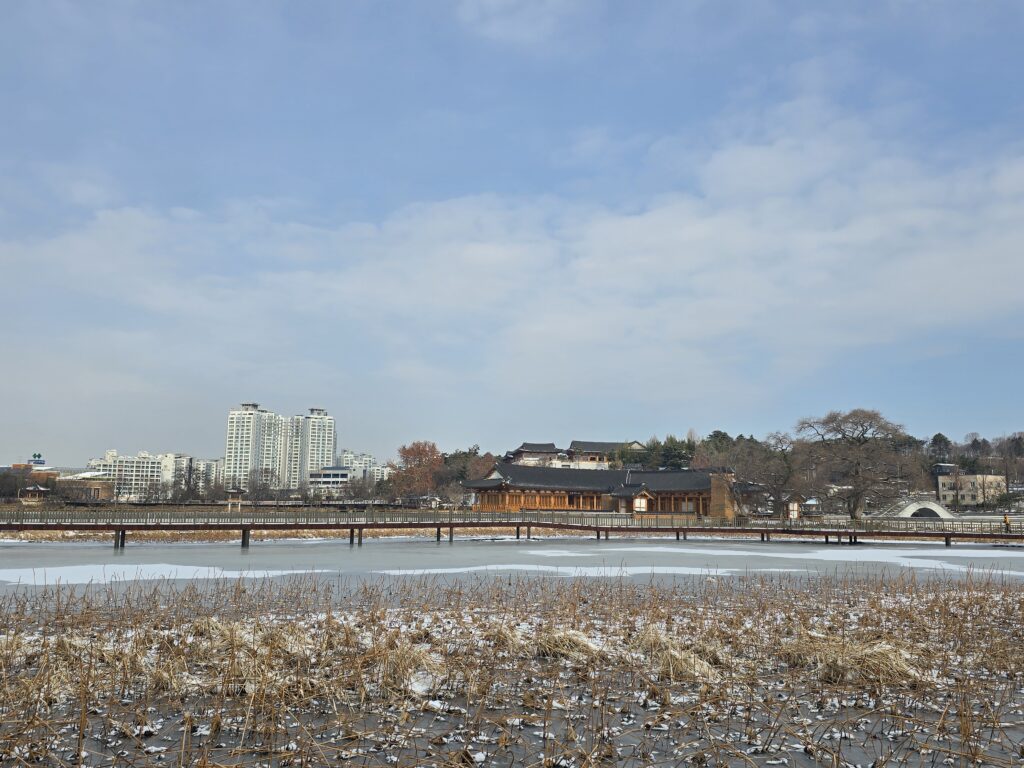
This event symbolizes how ‘Jeonju’ made a revolutionary stage for realizing victory and demands for reform of the Donghak Peasant Movement.
Shall we explore the historical footprints of the Donghak Peasant Movement commemorated in the beautiful Deokjin Park of Jeonju, as seen in the picture?
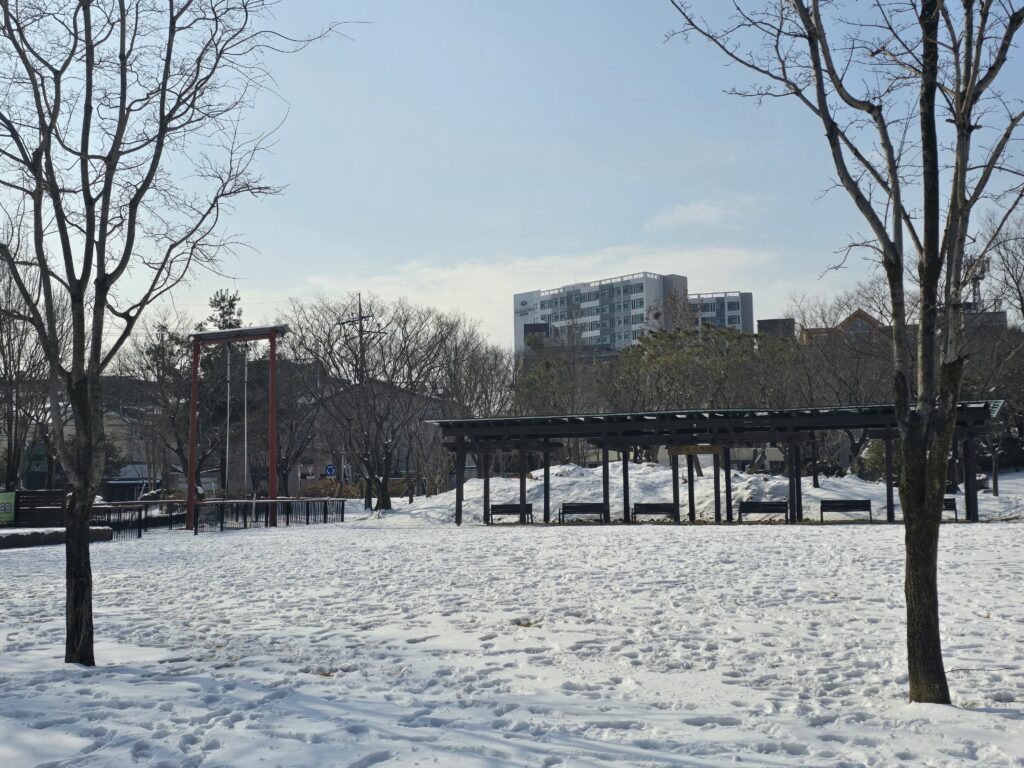
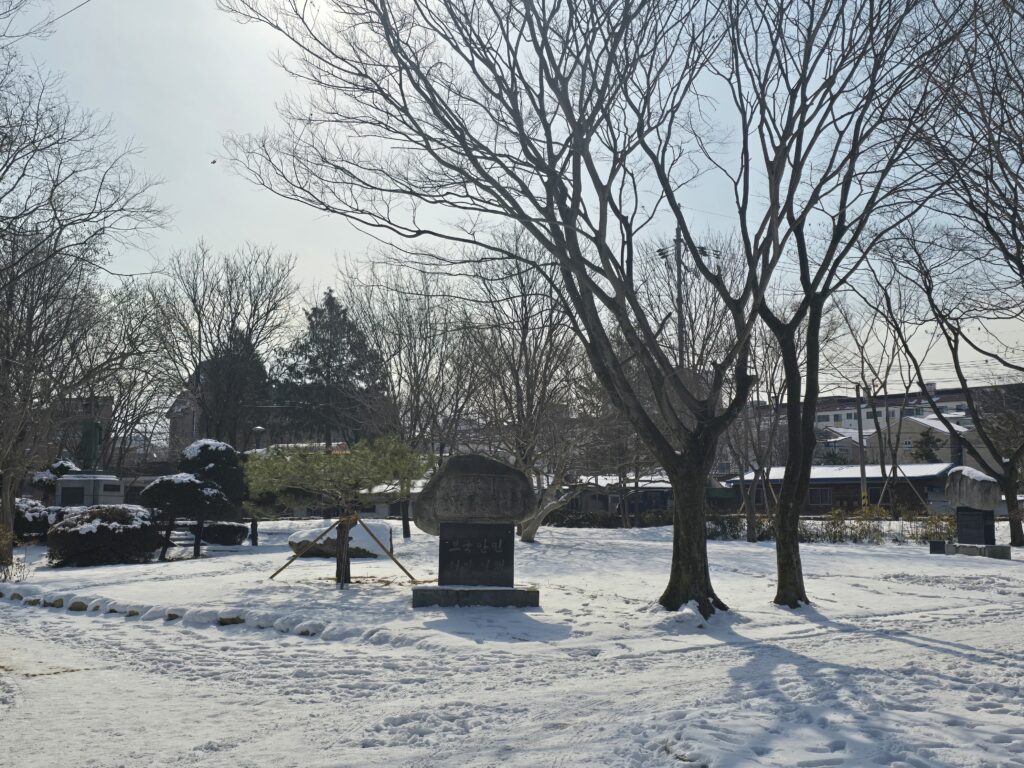
At the center of Deokjin Park, there is the Meeting Place where a wide bench and a swing sit.
To the right of the Meeting Place, a memorial monument and a statue are situated in memory of the Donghak Peasant Movement.
- The Kim Gaenam Memorial Monument / General Kim Gaenam (1853~1895)
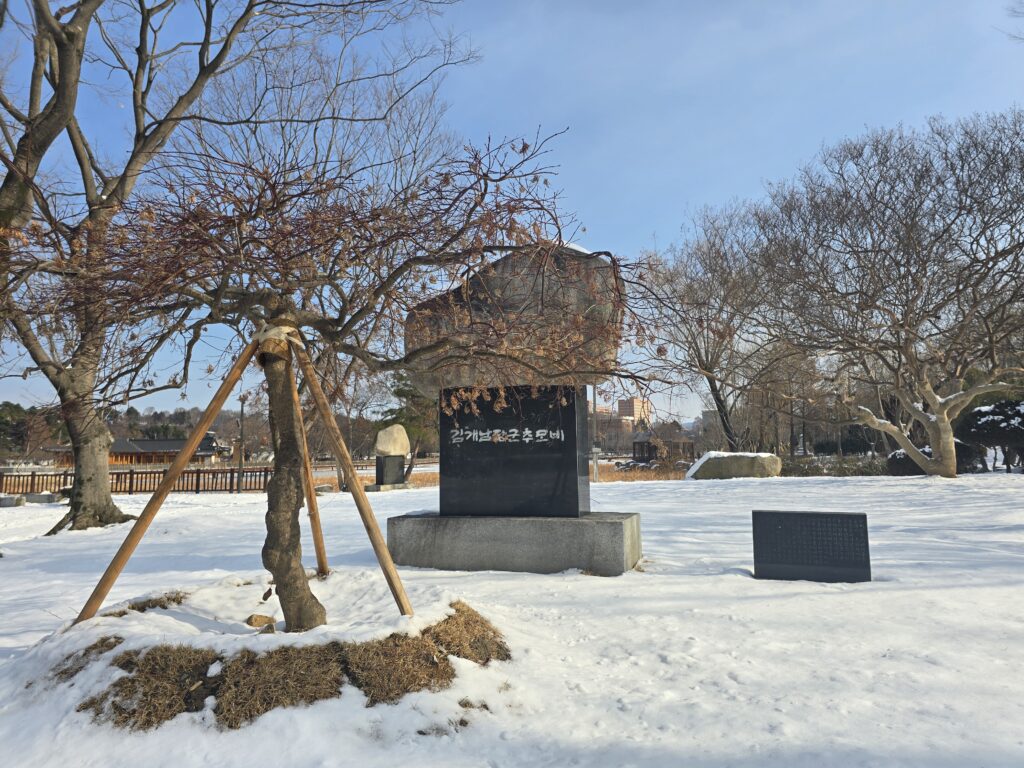
Kim Gaenam was born in Jeongeup, Jeonbuk-do and the led the large-scale sector of Donghak in Taein. He was known to be a prominent leader comparable to Jeon Bong-jun, a representative figure of the Donghak Peasant Movement.
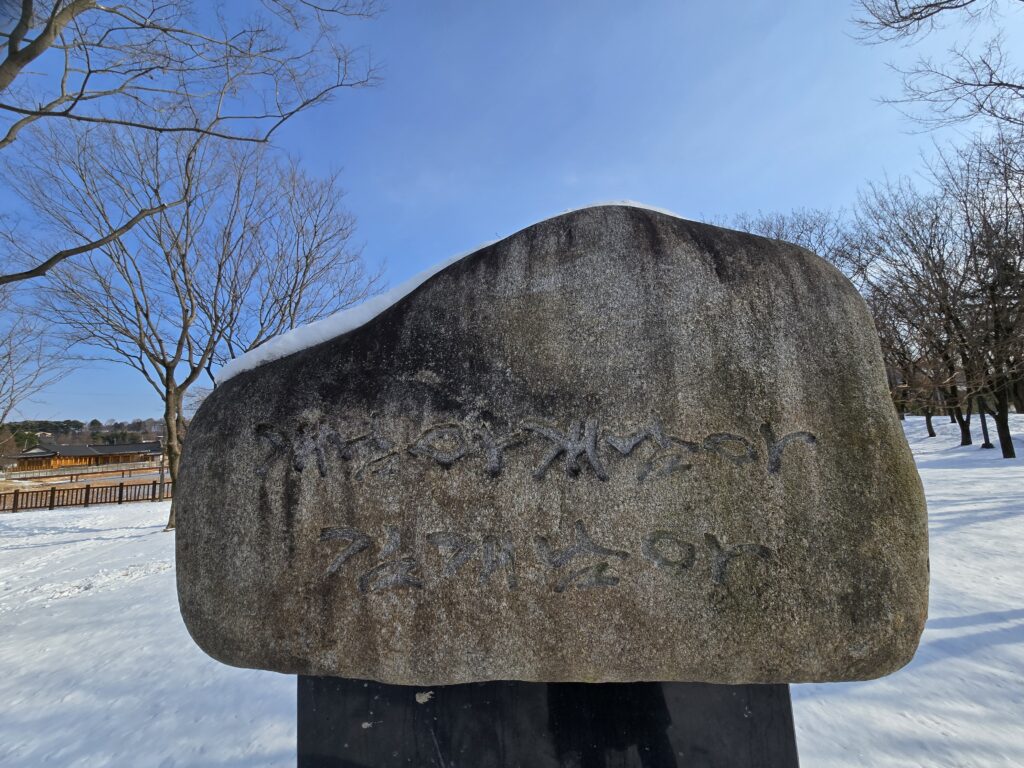
This image shows the top stone of the Kim Gaenam Memorial.
The inscription reads like this:
“Gaenam, Gaenam, Kim Gaenam”
It’s said that this phrase was sung along with a song, “bird, bird, blue bird”, during the Donghak Peasant Movement and this verse was from a song with this lyric:
“Gaenam, Gaenam, Kim Gaenam, without those thousands of soldiers,
where are you being dragged away sitting on the straw mat?”
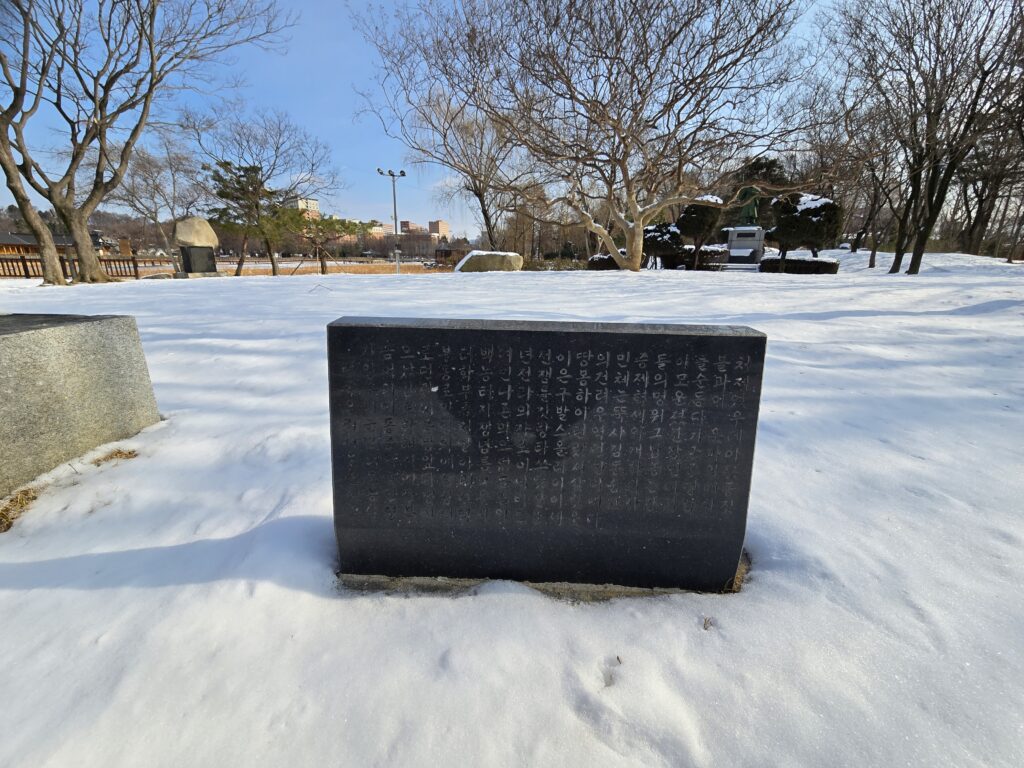
At that time, Kim Gaenam seized Namwon, Jeonbuk-do during the Donghak Peasant Uprising. When Qing China and Japan interfered in internal affairs, he executed the Namwon governor and carried out Donghak military rule in the region.
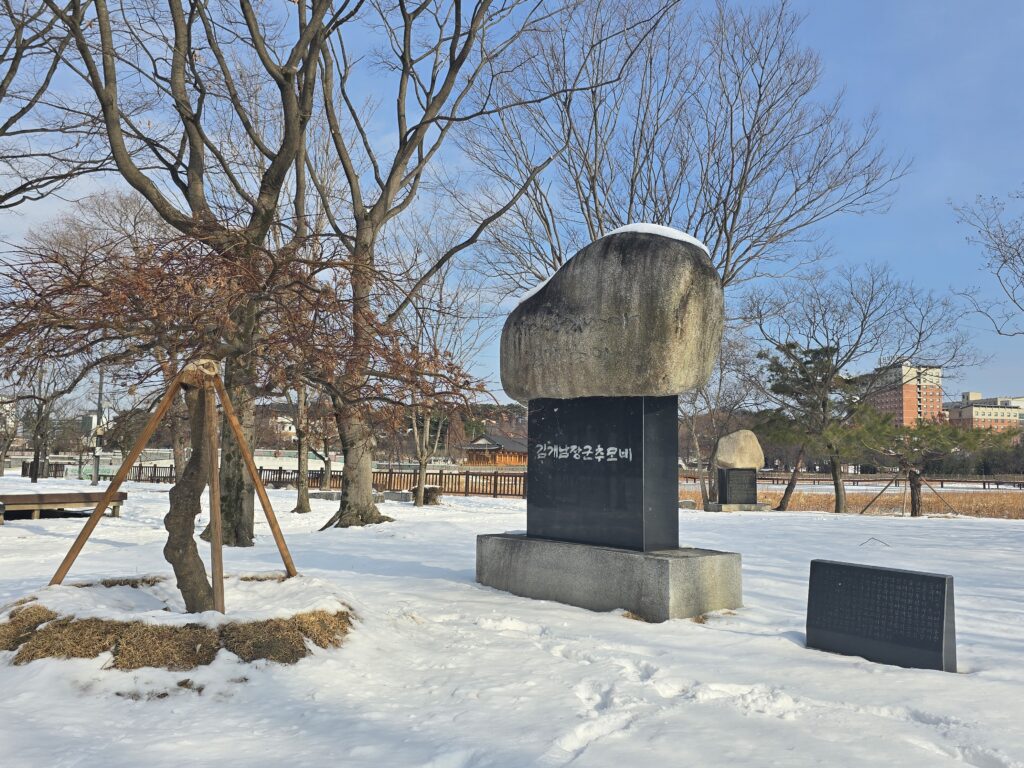
‘The Kim Gaenam Memorial Monument’ is established to preserve his legacy and carry on his spirit by those who pay tribute to General Kim.
- The Son Hwajung Memorial Monument / Son Hwajung (1861~1895)
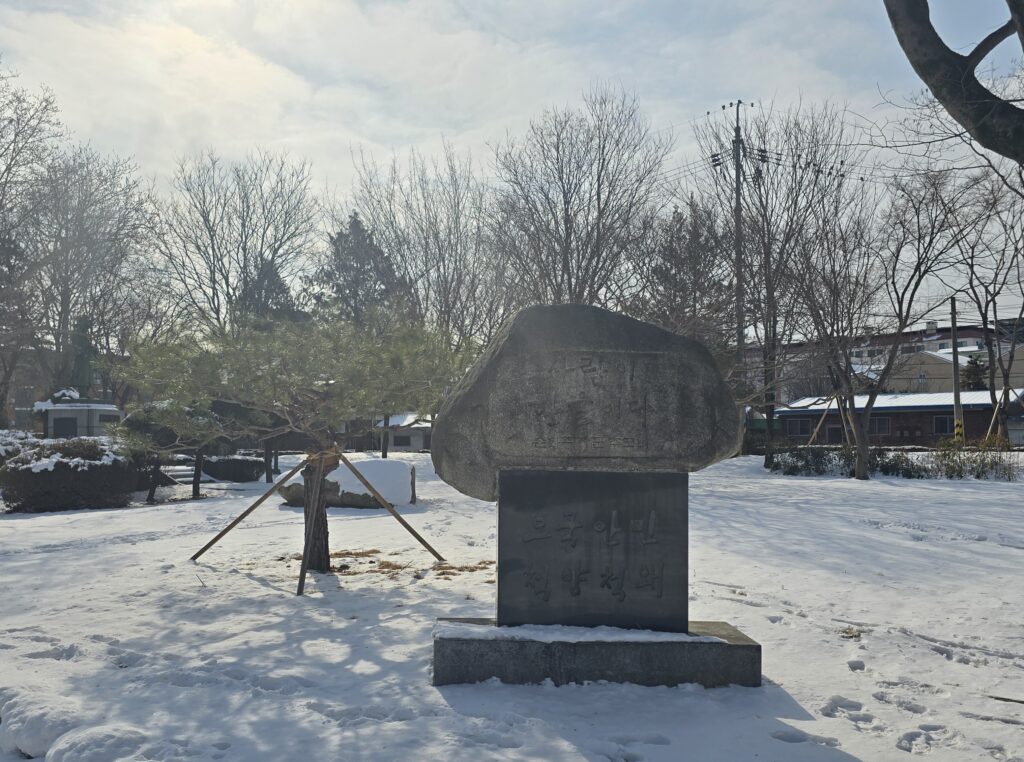
Son Hwajung, also from Jeongeup, was the head of one of the large-scale organizations of Donghak and one of a major commander of the Donghak Peasant Revolution.
The phrase at the bottom, “make a commitment to serve your nation and ensure people’s welfare, expel western powers and the Japanese” seems to fully represent the ideology of the Donghak Peasant Movement.
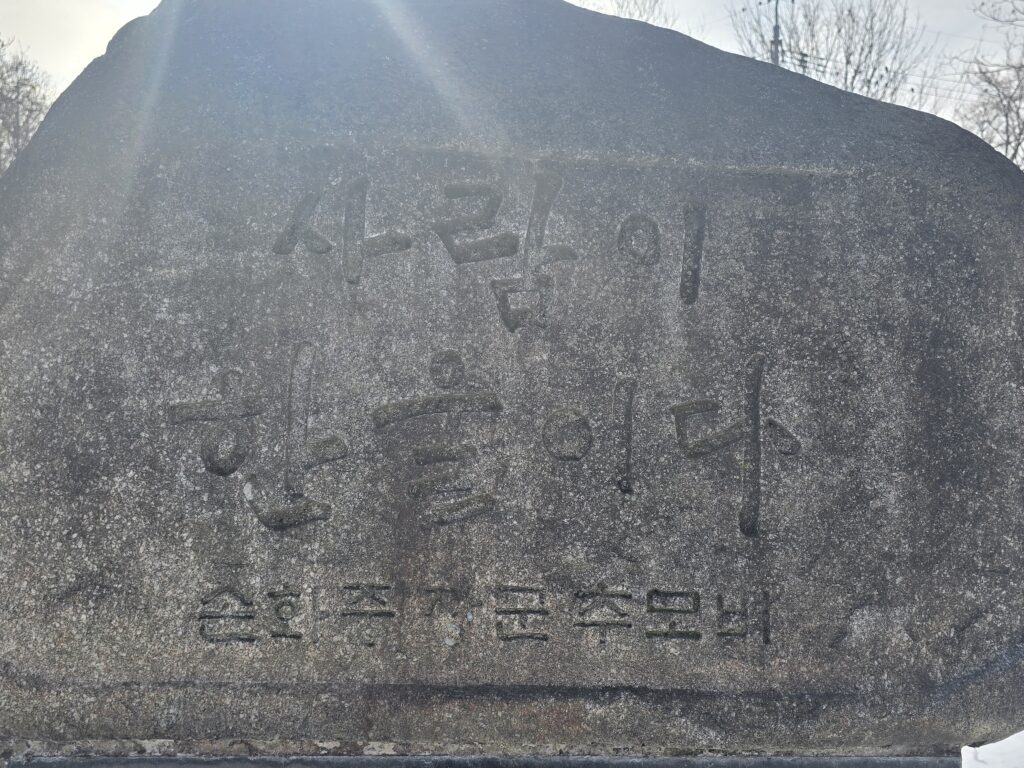
On the upper stone is inscribed the phrase “Humans are Heaven” from General Son Hwajung Memorial Monument
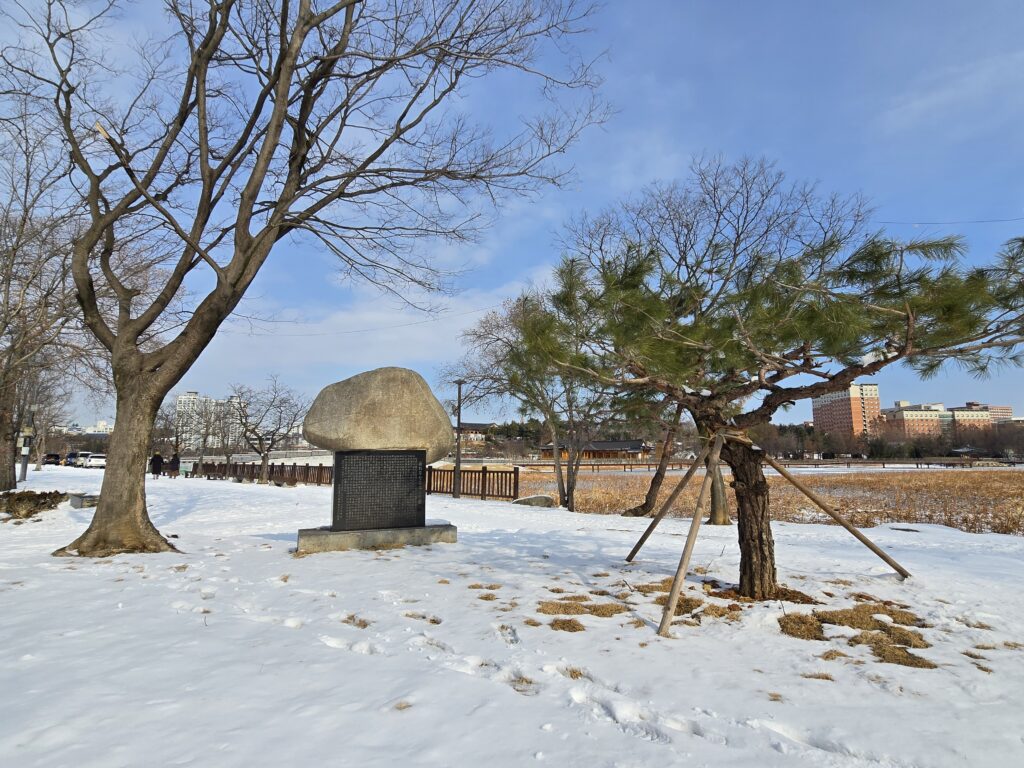
After his defeat at the Battle of Naju, General Son fled to escape, but he was captured and was later executed in 1895.
The majestic tree on the right appears to symbolize General Son’s strong integrity.
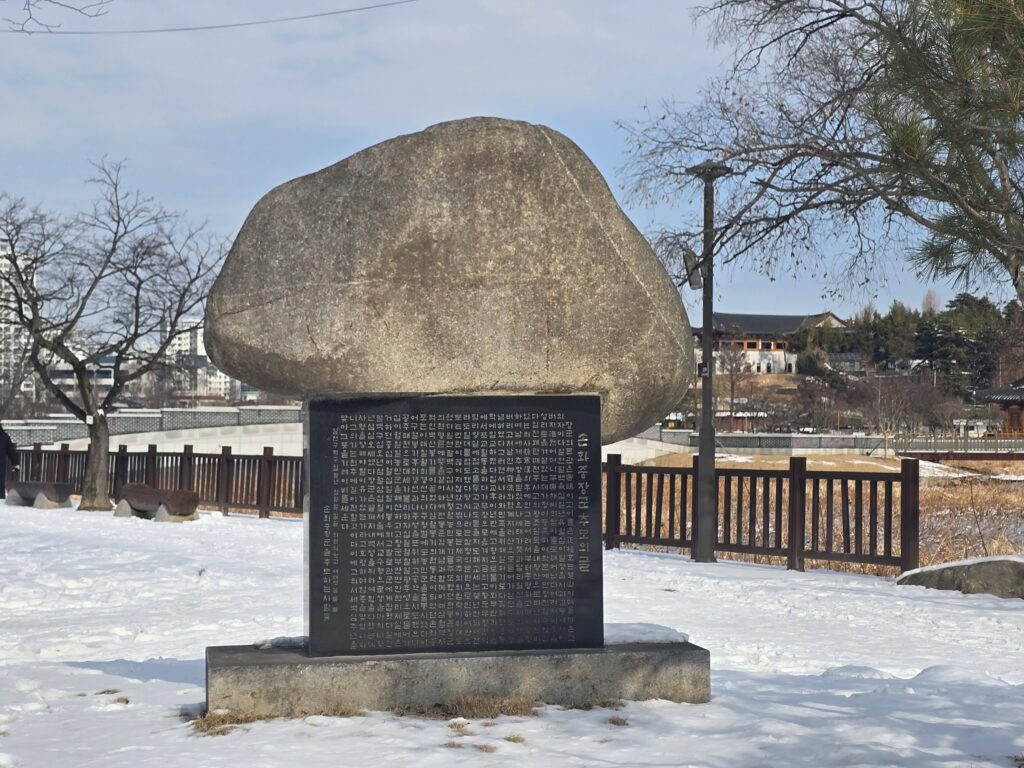
The inscription of the memorial reads like this:
This monument was established on November 7, 1998 by a group of people who commemorate General Son Hwajung.
- The Jeon Bongjun Statue / Jeon Bongjun (1855~1895)
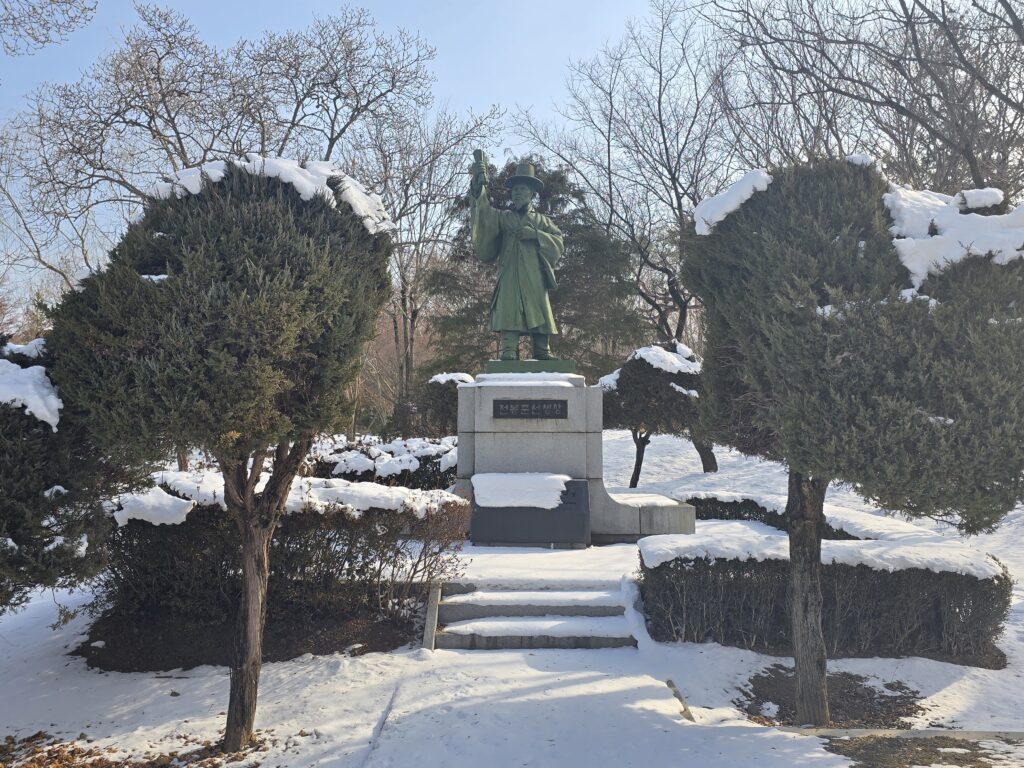
Jeon Bongjun was born in Gochang, Jeonbuk-do and led the revolt in Gobu, Jeonbuk-do.
The Jeon Bongjun Statue is a bronze sculpture which was erected to honor his patriotic spirit as a revolutionary commander of the Donghak Peasant Movement.
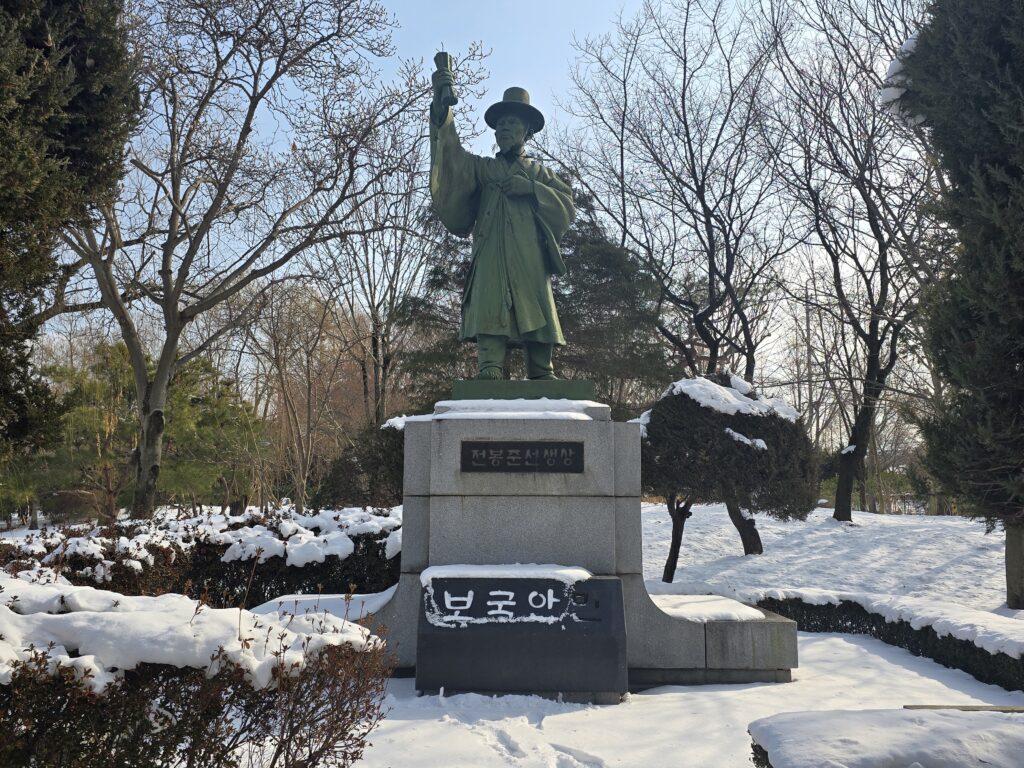
On the bottom of the Jeon Bongjun Statue, the inscription reads:
“make a commitment to serve your nation and ensure people’s welfare”.
After being arrested by government army, General Jeon mentioned this words to clarify his cause for becoming a follower of Donghak (Eastern Learning) during the second trial held at the Japanese consulate in 1895.
I could feel the general’s deep commitment to the Donghak movement and unwavering patriotism.
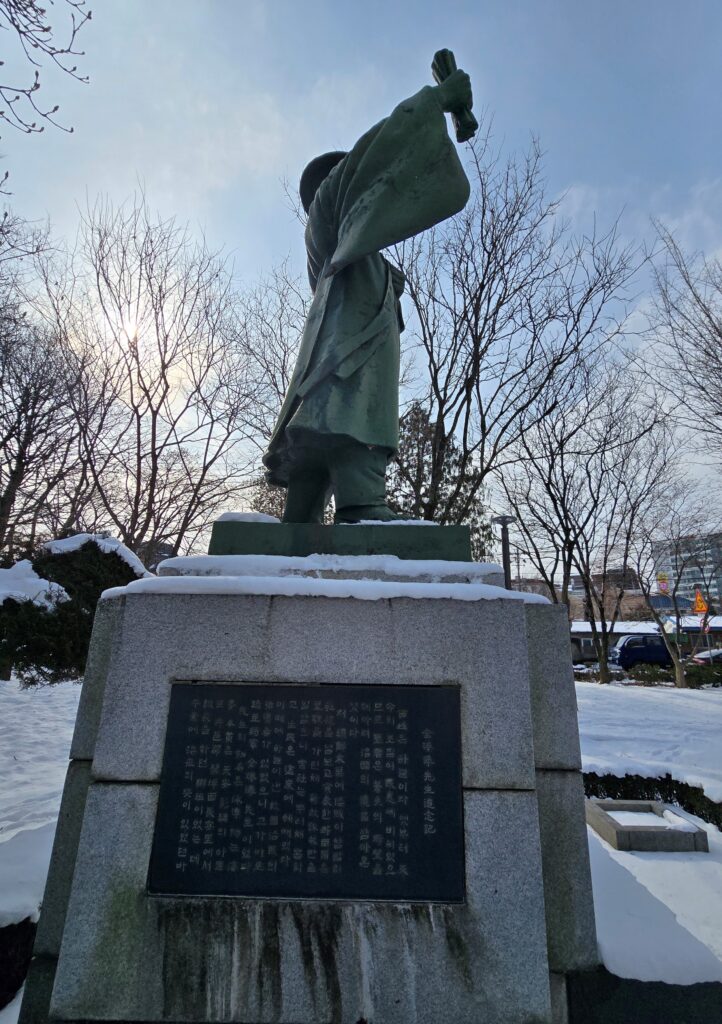
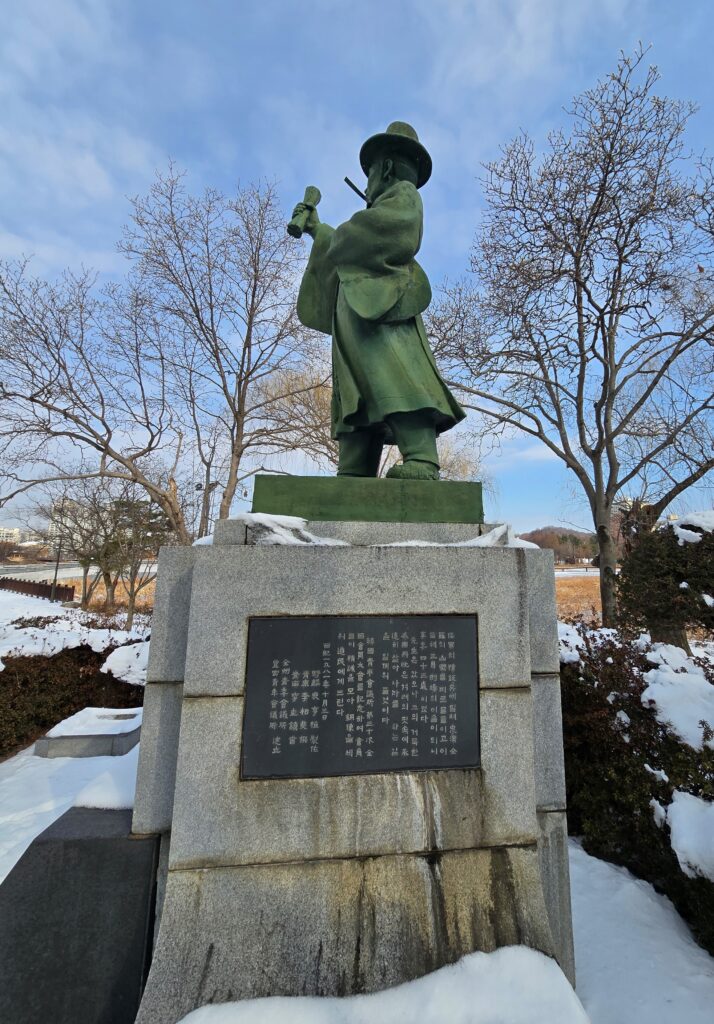
The image of Jeon Bongjun statue seems so realistic that it feels like his commanding presence when he settles Jeonju Peace Treaty during the Donghak Peasant Movement.
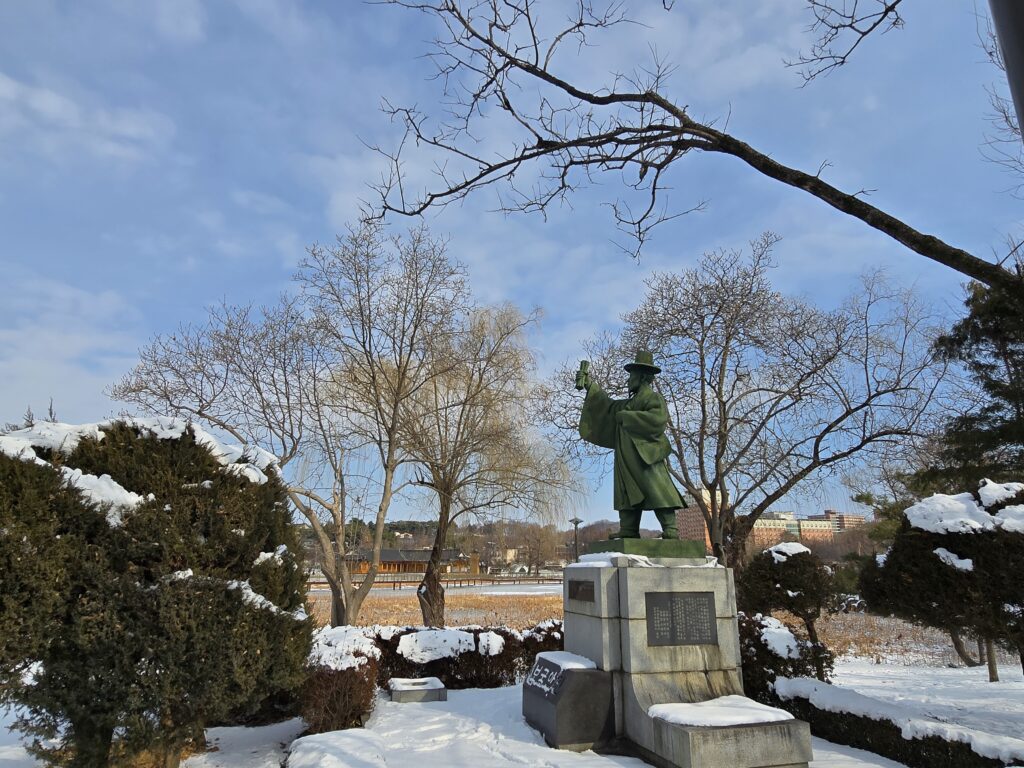
Up to now, I walked around Deokjin Park to explore of the legacy of the Donghak Peasant Movement embedded in Jeonju and encountered the monuments and statues established in honor of its historical significance.
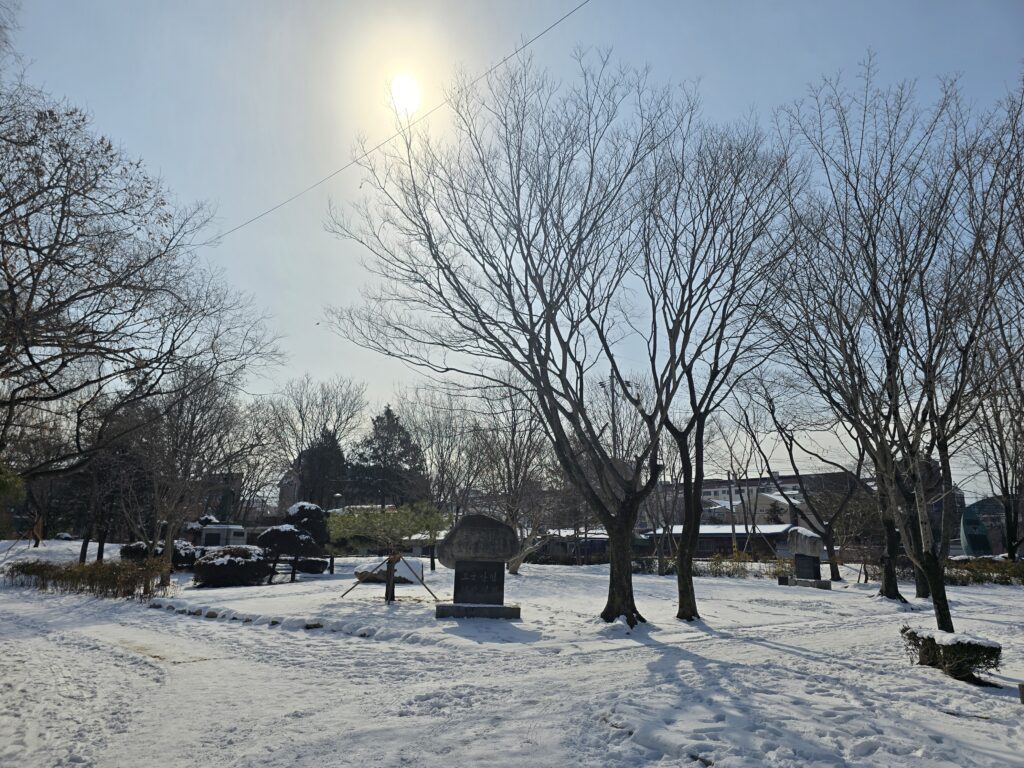
I hope this posting ushers you into recognizing Jeonju Deokjin Park as a place of origin of the Donghak Peasant Revolution and anti-Japanese resistance and gives you an opportunity to honor the spirit of the three great generals.
📍 Jeonju Deokjin Park
✔️Click on the image to view other posts
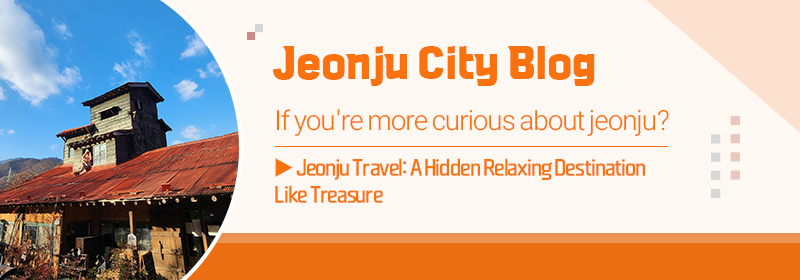


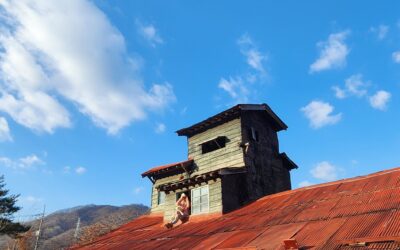
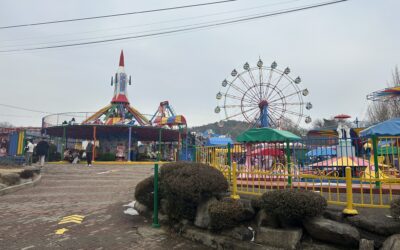
최신 댓글